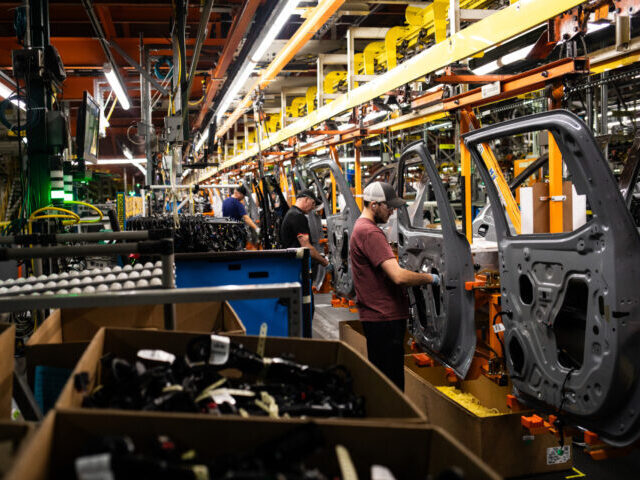U.S. Manufacturing Sends Mixed Signals in May

U.S. manufacturing activity sent conflicting signals in May, as two closely watched surveys diverged on the state of the industrial economy.
The Institute for Supply Management’s (ISM) manufacturing index fell to 48.5, below the neutral 50 mark and under expectations of 49.1, indicating a third consecutive month of contraction. Meanwhile, S&P Global’s manufacturing purchasing managers index (PMI) rose to 52.0, signaling expansion but slightly short of the consensus forecast of 52.3.
The contrasting readings reflect deep uncertainty across the factory sector, with tariffs, supply chain pressures, and uneven demand shaping business decisions.
According to the ISM survey, new orders, production, and employment all remained in contraction territory. New export orders dropped sharply to 40.1 from 43.1, and the production index, while improved, remained soft at 45.4. Overall, the report showed continuing weakness in industrial activity, with firms drawing down inventories and citing sluggish demand.
In contrast, the S&P Global survey showed solid growth, driven in large part by a surge in input inventories. Manufacturers and their clients boosted stockpiles in what economists described as a rush to front-run potential price increases and supply disruptions tied to U.S. tariff policy. New orders rose to a three-month high, led by domestic demand, while selling price inflation accelerated to its fastest pace since late 2022.
“This rise in the PMI during May masks worrying developments under the hood of the U.S. manufacturing economy,” said Chris Williamson, chief business economist at S&P Global Market Intelligence. “The common theme was a temporary surge in demand as manufacturers and their customers worry about supply issues and rising prices.”
Supplier delivery times also lengthened sharply, with the S&P Global survey reporting the worst delays since October 2022. Input cost inflation remained elevated, as vendors passed on higher costs linked to tariffs. Despite the uptick in new orders, S&P Global found that output volumes were trimmed slightly for a third straight month, suggesting firms may not be confident that the stronger demand will persist.
Both surveys showed only modest changes in employment. ISM’s employment index rose to 46.8, still indicating contraction, while S&P Global recorded a marginal increase—the first in three months—but noted that many firms continued to report difficulty filling open positions.
The disparity between the two readings is not unusual. ISM surveys a broader swath of large, established manufacturers, while S&P Global’s panel includes a wider mix of firm sizes and sectors. Analysts say the contrast may also reflect differing sensitivities to policy changes and short-term inventory dynamics.
Though the S&P Global index signaled growth, both surveys came in below expectations. That could temper hopes for a broader industrial rebound, especially if inventory-driven demand fades and tariff-related uncertainty continues to cloud business planning.